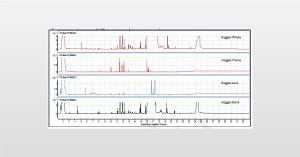
Extractable & Leachable Studies for Consumer Products Webinar
In this webinar we introduce Extractable and Leachable tests which identify chemical components that can migrate out of a product.
To enable certain features and improve your experience with us, this site stores cookies on your computer. Please click Continue to provide your authorization and permanently remove this message.
To find out more, please see our privacy policy.